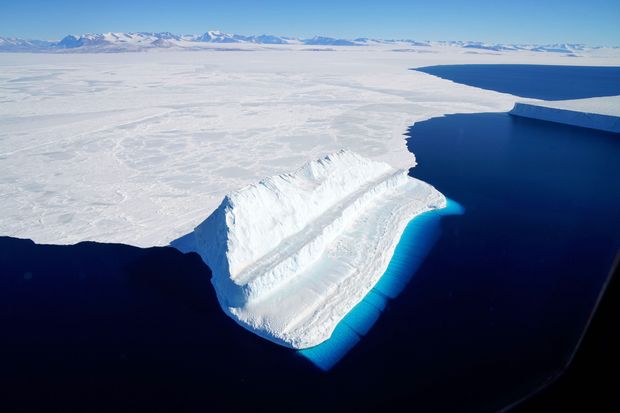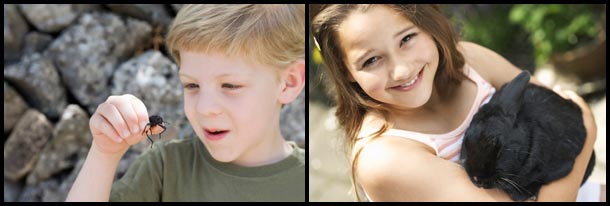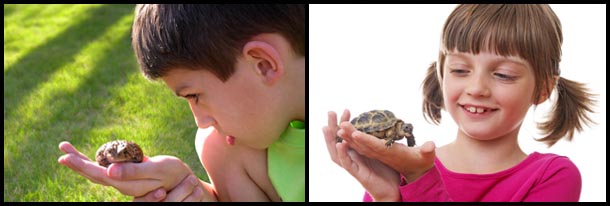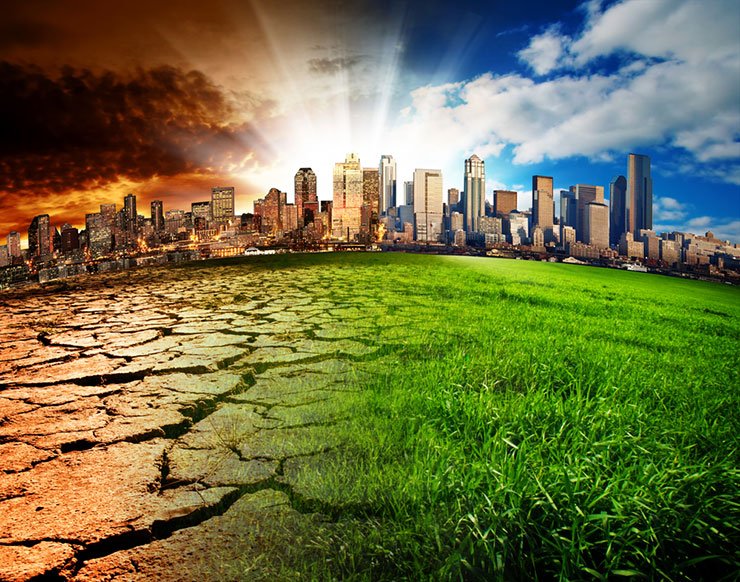The climate change crisis is turning worse year after year. Droughts, storms, heat waves and the rising sea levels are signs of the crisis. News related to such problems have been a common occurrence around the world. In July this year, a hailstorm caught the residents of Guadalajara by surprise. People in the city had been experiencing a sweaty summer before the incident. Forest fires in the Amazon and in Australia have been reported to be the worst in several years. These are signs of a planet which has been suffering heavily because of resource abuse.
Here’s how the climate change crisis affects the world and everything in it:
Rising sea levels
As glaciers begin to melt and the oceans get warmer, sea levels are rising around the world. This means that the sea is inching into land. Settlements around the shorelines have suffered acutely. Many residents in these regions have been displaced because their lands have now become a part of the sea.
Most people living in these regions depend on the sea for a livelihood. They find it difficult to adapt to a new setting where they may have to choose a new means of income. Some of these families often end up building a new settlement near the seashores. But this continues to keep them at high risk of loss of life and home.

Crops and wildlife are threatened by longer and intense droughts
Crop failures have become a concern for economies because of the changing climatic conditions. Unpredictability of the climate with extended summers and sudden rains make it difficult for crops to survive. Farmers suffer the most because their family income depends on the crops. Agriculture-based economies lose extensively in these scenarios.
In addition to crops, the wildlife is at risk as well. Changes in the climate make survival a problem for animals too. Mating seasons, nesting regions and survival of young ones can often depend on the climate. Extreme conditions may cause loss of lives among animal populations and put many species in danger.
Biodiversity is at risk because of loss of habitation
Turtles are an example of the problems faced by animals because of the climate change crisis. Alteration in the sand temperatures affects the sex of the turtle hatchlings. This can greatly impact turtle populations and put them at risk. Similarly, many other animal species suffer endangerment because of the changing climate.
Higher occurrence of natural disasters
The number of natural disasters in recent years has gone up considerably. While some see it as a sign, others consider it to be the result of the climate change crisis. Forest fires have worsened, droughts turned intense and instances of flooding have been higher. These are the direct result of the climate change crisis that we are currently experiencing. Such natural disasters wreak havoc on several levels for the people and the country. Additionally, the government has to direct funds towards recovery from such disaster. This makes it even more important for governments to create policies which safeguard the planet.
The biggest reason cited for the climate change crisis is the level of carbon emissions. Countries need to bring significant changes in regulations and policies to reduce their carbon footprint. The rate of global temperature increase must be stabilized or brought down. Our animal handling workshops and animal parties usually discuss climate change and conservation. We drive awareness about the environment through the animal party or animal school visit. This is to encourage children to be sensitive towards the environment and the animal species. Our animal workshop is intended to be fun along with driving awareness.



